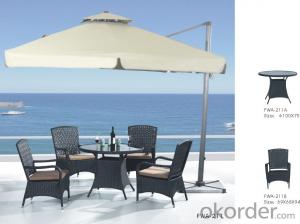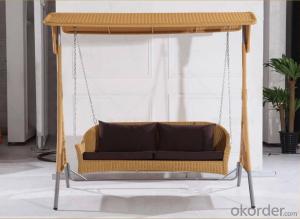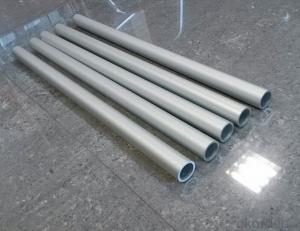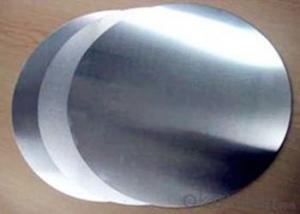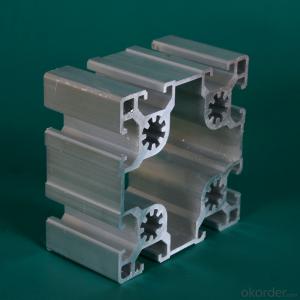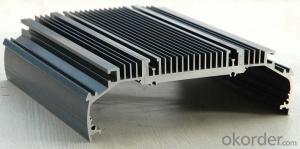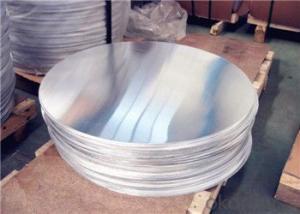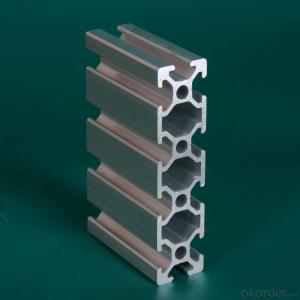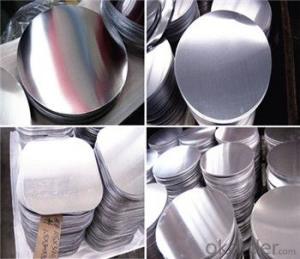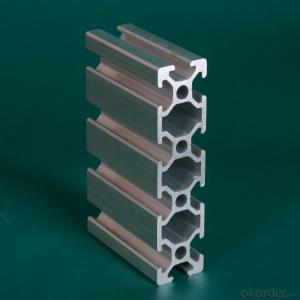Aluminum Extrusions
Aluminum Extrusions Related Searches
Led Light Bulbs For Ceiling Fixtures Led Lamps For Ceiling 42 In Ceiling Fan With Light Aluminum Coil Stock For Gutters Aluminum Foil For The Grill Hole Saw For Aluminum Plate Aluminum Tread Plate For Trailer Bow Plate For Aluminum Boat Aluminum Foil For Grow Room Aluminum Foil For Joint PainHot Searches
Stock Price For Aluminum Aluminum Coil Stock For Sale Aluminum Gutter Coil For Sale Used Aluminum Scaffolding For Sale 1/4 Aluminum Plate For Sale Aluminum Bar Stock For Sale Aluminum Round Stock For Sale Aluminum Diamond Plate For Sale Aluminum Scaffolding For Sale Craigslist 6061 Aluminum Plate For Sale Aluminum Dock Plate For Sale 7075 Aluminum Plate For Sale Aluminum Tread Plate For Sale Aluminum Checker Plate For Sale Aluminum Plate For Sale Near Me Plate Aluminum For Sale Aluminum Plate For Sale Aluminum Square Stock For Sale Aluminum Flat Stock For Sale Billet Aluminum Stock For SaleAluminum Extrusions Supplier & Manufacturer from China
Okorder.com is a professional Aluminum Extrusions supplier & manufacturer, offers integrated one-stop services including real-time quoting and online cargo tracking. We are funded by CNBM Group, a Fortune 500 enterprise and the largest Aluminum Extrusions firm in China.Hot Products
FAQ
- Aluminum bending die, iron must be used, what iron should be used, specifically what brand?
- General production of aluminum alloy is H13, die steel, if stretched or squeezed, most are carbide. I work in the production of aluminum profiles
- Yes, aluminum profiles can be a viable alternative to steel in certain applications. Aluminum profiles offer several advantages over steel, making them suitable for specific use cases. Firstly, aluminum profiles are much lighter than steel, which can be advantageous in industries where weight reduction is critical, such as aerospace or automotive applications. The lower weight of aluminum profiles also makes them easier to handle and install in various construction projects. Secondly, aluminum profiles have excellent corrosion resistance properties. Unlike steel, which is susceptible to rust and corrosion, aluminum naturally forms a protective oxide layer on its surface, providing long-term protection against environmental elements. This makes aluminum profiles a preferred choice in outdoor applications or environments with high humidity or exposure to chemicals. Additionally, aluminum profiles have a higher strength-to-weight ratio compared to steel. Although steel is generally stronger, aluminum profiles can still provide sufficient strength for many applications while being significantly lighter. This characteristic makes aluminum profiles suitable for structures that require high strength but need to be lightweight, such as building facades or bridges. Furthermore, aluminum profiles have superior thermal conductivity compared to steel. This makes them an excellent choice for applications that require efficient heat dissipation or thermal management, such as heatsinks or heat exchangers. In conclusion, while steel remains the preferred choice in many applications due to its strength, aluminum profiles can be a viable alternative in certain situations. Their lightweight nature, corrosion resistance, high strength-to-weight ratio, and thermal conductivity make them ideal for specific industries and projects.
- Yes, aluminum profiles can be used in telecommunications infrastructure. Aluminum is a lightweight and versatile material that offers several advantages in telecommunications applications. It is corrosion-resistant, which makes it suitable for outdoor installations where it may be exposed to harsh weather conditions. Aluminum profiles are also easy to fabricate and can be customized to meet specific requirements, such as mounting brackets, cable trays, or equipment racks. In addition, aluminum profiles have excellent electrical conductivity, which is crucial in telecommunications infrastructure to ensure efficient signal transmission. They can be used for various purposes, including the construction of transmission towers, antenna supports, and base stations. Furthermore, aluminum is a sustainable material as it can be recycled repeatedly without losing its properties. This aligns with the growing focus on environmental sustainability in the telecommunications industry. Overall, aluminum profiles offer a cost-effective and reliable solution for telecommunications infrastructure, providing durability, flexibility, and excellent electrical conductivity.
- Tips for identifying aluminum profiles
- Of course, you can also put the same type of profiles in a comparison, of course, if the color is too obvious, super good to buy. Check whether the thickness of the aluminum profile is the same as the model marked.After the ultra hard material, smooth surface can be used to draw the profile, leaving a white scratch, aluminum gently wipe and observe, if cannot be erased, indicating the material may have quality problems, but instead if you can easily wipe that film thickness of material surface is qualified.
- I do aluminum sales, never been to Chongqing, want to sell the aluminum section of the building materials market to see, please say specific name and address, convenient for me to go, thank you!There must be aluminum material concentration distribution market, thank you!
- Chongqing majiayan building materials market, has been 15 years in the southwest of the building a core wholesale area, building materials circle is located in Chongqing's building materials market.
- Yes, aluminum profiles can be used for trade show booths. Aluminum is a lightweight and versatile material that is commonly used in the construction of trade show booths due to its durability, ease of customization, and cost-effectiveness. It allows for the creation of sturdy and portable structures that can be easily assembled and disassembled for transportation to different events. Additionally, aluminum profiles can be used to create various booth designs and configurations, providing flexibility and adaptability to specific trade show requirements.
- Aluminum profiles, unfortunately, lack good thermal insulation properties. Due to its high conductivity, aluminum readily permits heat transfer. Consequently, when it comes to preventing heat transfer and providing thermal insulation, aluminum profiles are less efficient compared to materials like wood or vinyl. To improve the thermal insulation capabilities of aluminum profiles, they are frequently combined with thermal breaks or insulating materials. This combination serves to minimize heat loss or gain.
- Yes, aluminum profiles can be effectively used for modular shelving systems. Aluminum is a lightweight yet strong material that offers excellent durability and resistance to corrosion. Its versatility makes it suitable for various applications, including shelving systems. Aluminum profiles can be easily customized and adapted to create modular shelving units of different sizes and configurations. Additionally, aluminum profiles can be easily assembled and disassembled, making them ideal for modular systems that can be adjusted or expanded as needed. Overall, aluminum profiles provide a reliable and aesthetically pleasing solution for modular shelving systems.


















